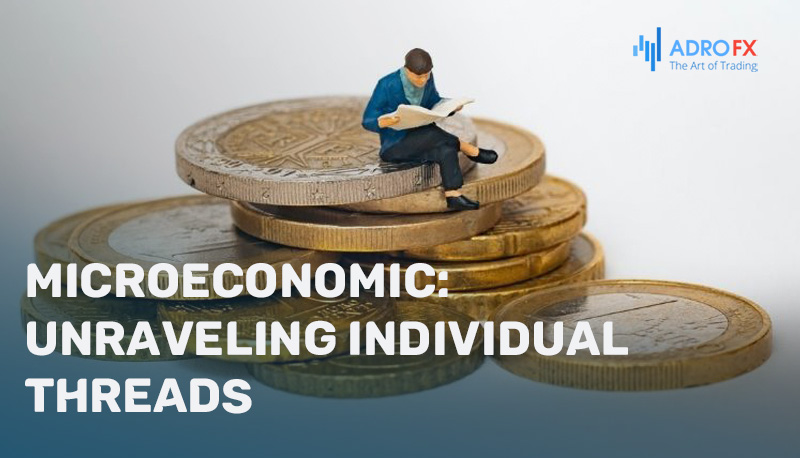Macroeconomics vs Microeconomics: Unveiling the Distinct Dimensions of Economic Analysis

In the realm of economics, two distinct yet interconnected lenses offer insight into the complex dance of human choices, resource allocation, and market dynamics. These lenses, known as macroeconomics and microeconomics, provide unique vantage points for understanding the intricate workings of economies at different scales. As we embark on this comparative journey, we delve into the nuances of macroeconomics and microeconomics, uncovering their fundamental differences and exploring how each contributes to our comprehension of economic systems.
Macroeconomics: Embracing the Bigger Picture
Macroeconomics takes on the role of an economic astronomer, gazing at the night sky to understand the constellations that govern entire economies. It focuses on aggregates, examining large-scale phenomena that impact nations and societies. Through the lens of macroeconomics, economists dissect phenomena such as economic growth, inflation, unemployment, and the interactions between governments, central banks, and the broader financial system.
Key Concepts in Macroeconomics:
- Gross Domestic Product (GDP): The GDP serves as a barometer of an economy's overall health and output, summing up the total value of goods and services produced within a nation's borders.
- Unemployment and Inflation: Macroeconomics explores the dynamics of unemployment rates and inflation levels, seeking to understand the causes, consequences, and potential remedies for these fluctuations.
- Fiscal and Monetary Policy: This branch delves into the tools governments and central banks use to influence economic activity. Fiscal policy involves government taxation and spending, while monetary policy revolves around controlling the capital supply and interest rates.

Microeconomics: Unraveling Individual Threads
On the other hand, microeconomics zooms in on the fine details of the economic tapestry, scrutinizing the individual choices that collectively shape the broader economic landscape. It peers into the behavior of consumers, producers, and markets, aiming to decipher how these actors make decisions based on factors like prices, preferences, and constraints.
Key Concepts in Microeconomics:
- Supply and Demand: At the core of microeconomics lies the interplay of supply and demand, driving the determination of prices and quantities in various markets.
- Utility and Preferences: Microeconomics delves into individual preferences and how consumers allocate their limited resources to maximize their satisfaction or utility.
- Costs and Production: This facet dissects the decisions of firms, analyzing how they produce goods, make pricing choices, and maximize earnings while considering costs and competition.
The Yin and Yang of Economic Understanding
Macroeconomics and microeconomics are two sides of the same economic coin, each contributing essential insights to our comprehension of economic systems:
- Interdependence: The choices of individuals and firms, studied in microeconomics, aggregate to form the macroeconomic landscape. Changes at the micro level influence macro outcomes and vice versa.
- Holistic Understanding: Together, these branches provide a comprehensive perspective, illuminating the grand tapestry of economics from both the 10,000-foot view and the up-close analysis of individual actions.
Concluding Reflections
In the intricate world of economics, both macroeconomics and microeconomics offer invaluable tools for grasping the diverse dimensions of human behavior, resource allocation, and market dynamics. While macroeconomics navigates the seas of aggregate patterns and policies that shape nations, microeconomics plunges into the depths of individual choices, unearthing the building blocks that construct the economic edifice. As we stand at the crossroads of these two realms, we gain a panoramic view of the economic landscape, appreciating the intricate interplay between the broader canvas and the brushstrokes that compose it.

About AdroFx
Established in 2018, AdroFx is known for its high technology and its ability to deliver high-quality brokerage services in more than 200 countries around the world. AdroFx makes every effort to keep its customers satisfied and to meet all the trading needs of any trader. With the five types of trading accounts, we have all it takes to fit any traders` needs and styles. The company provides access to 115+ trading instruments, including currencies, metals, stocks, and cryptocurrencies, which make it possible to make the most out of trading on the financial markets. Considering all the above, AdroFx is the perfect variant for anyone who doesn't settle for less than the best.









